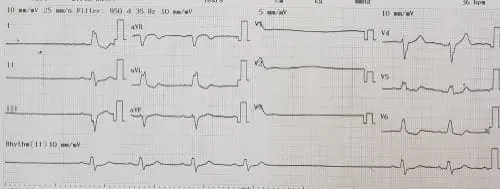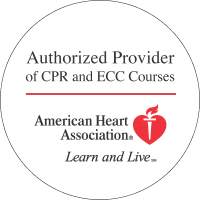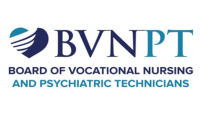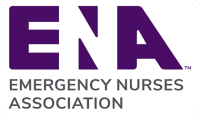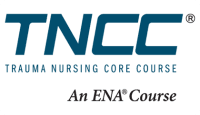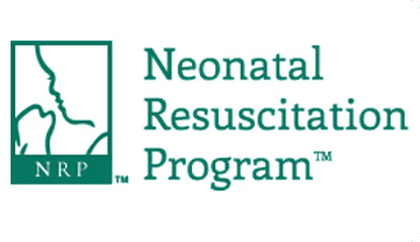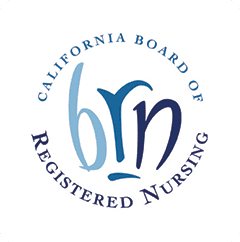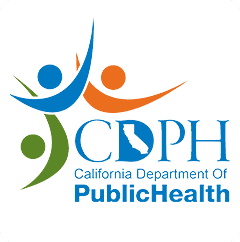While you have probably learned plenty about symptomatic bradycardia and tachycardia, atrial fibrillation and ventricular fibrillation, other heart rhythms may still be a bit fuzzy in your mind. One potentially confusing rhythm is sick sinus syndrome, which may occasionally be called sinus node disease or sinus node dysfunction. Understanding this heart rhythm, its causes, symptoms and treatments can help you better address concerns that your patients may be having and help them prevent more severe complications of this arrhythmia.
What Is Sick Sinus Syndrome?
Sick sinus syndrome refers to a problem with the electrical system of the heart, which originates in the sinus node found in the heart’s right atrium. In normal, healthy individuals, this sinus node regularly fires, creating an even rhythm and pattern of beating. However, in sick sinus syndrome, this electrical activity is interrupted for some reason, and the pattern becomes irregular. In many cases, individuals experience bradycardia, an extreme slowing of the heart rhythm. In other cases, the rhythm may become too fast or may pause for lengthy periods.
What Are the Symptoms of Sick Sinus Syndrome?
In some cases, patients do not experience any symptoms with sick sinus syndrome. Because this rhythm can occur even in very young patients and progress throughout life, it is usually older patients who experience the most symptoms. While palpitations and a fluttering feeling in the chest may occur with tachycardia from sick sinus syndrome, the majority of symptoms occur from bradycardia secondary to this condition. Therefore, you may notice the following symptoms in your patients.
- Dizziness
- Lightheadedness
- Confusion
- Fatigue
- Fainting episodes
- Chest pain
What Are Potential Complications of Sick Sinus Syndrome?
When symptoms are frequent, they can significantly impact your patient’s quality of life, keeping him at home or stopping him from participating in his favorite activities. Even more concerning are the life-threatening complications that can occur from the lengthy pauses in the heart rhythm. These could include such problems as stroke and cardiac arrest as well as chronic issues, including atrial fibrillation and heart failure.
How Are Patients Usually Diagnosed and Treated?
After gathering a basic health history on your patient, the first test to be ordered is almost always an electrocardiogram. However, your patient may instead need to be sent home with a Holter monitor or an event recorder if he is not currently experiencing his symptoms. In rare cases, you may see electrophysiologic testing ordered as well.
For symptomatic patients, the gold standard of treatment for sick sinus syndrome is an implantable pacemaker that can fire signals when the heart fails to do so. In addition, medications may be used to treat a very high heart rate or atrial fibrillation. In some cases, the doctor may decrease or remove certain medications, such as beta blockers, if they are worsening the condition.
If your patient is experiencing symptoms from sinus node dysfunction, you will want to advocate for immediate treatments to prevent more severe manifestations of this problem. In some cases, it may be obvious upon completing an EKG that something is wrong. In other cases, you may have to dig deeper after learning about your patient’s symptoms. Although this arrhythmia is relatively uncommon, it may point to significant symptoms, especially in your older patients.
Get caught up on your EKG reading abilities with our Basic ECG Interpretation and Advanced ECG Interpretation courses, available at our Oakland and Sacramento campuses.

